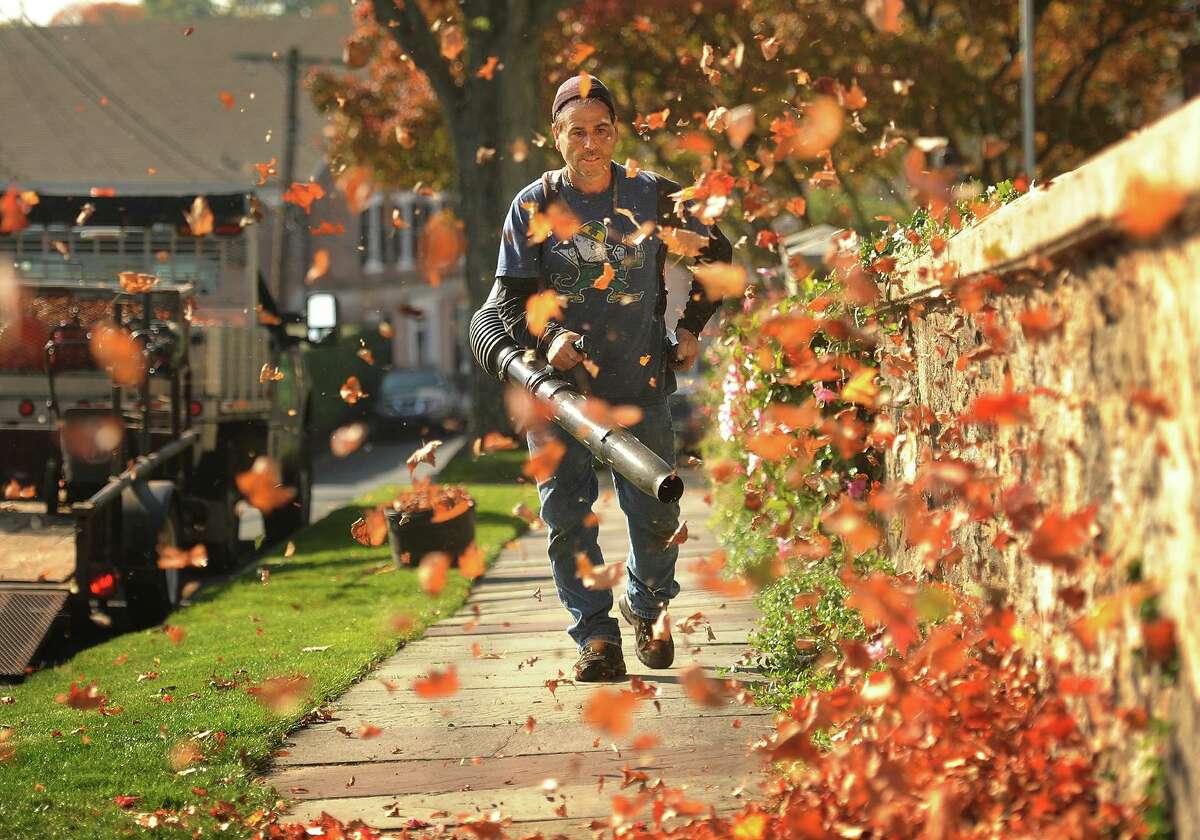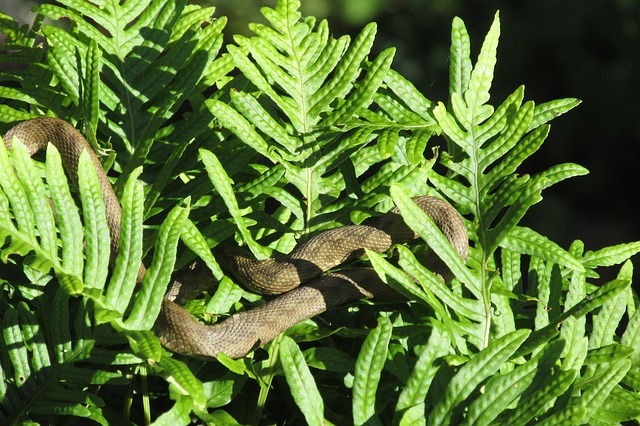Planning your garden design and browsing the potential plants to install is a fun endeavor. However, many people often wonder why their finished design isn’t quite what they envisioned. There are 3 very common mistakes that home designers make that can result in a landscape gone awry.
Colors and Styles
There are some colors that just don’t work well together and have a jarring effect on the eyes. The flower colors you choose to plant near your home can be overwhelming or give you a washed-out looking landscape. Examples would be a red brick home flanked by purple, red or lavender flowers, or a white house surrounded by white or beige flowers.
The same is true for the types of flowers you plant in relation to the style of home you have. The clean lines of modern style gardens would look completely out of place against a home with a classic architectural design.
Sparse Flower Beds
Many people begin with good intentions, only to discover their budget didn’t extend to all the plants they wanted to install. To make up for that, they often purchase fewer flowers and plant them further apart. The appearance is one of an anemic flower bed.
This type of planting in an open invitation for weeds to take over the bed. To counter weed growth, individuals often mulch the bed in the mistaken belief that it will be low maintenance. Instead, what they have is a mulch garden, reminiscent of a commercial landscape.
Even Numbered Plants
If you want to highlight a specific feature, such as a doorway, install a plant on either side of the entrance. Garden design for flower beds doesn’t work that way. An uneven number of plants invites the eye to wander and rove throughout the entire design. Groupings of 3 to 11 plants tend to work best. You’ll also need to avoid installing them in rows that are precision planned and overly straight.
Contact RCH Landscaping Today for a Free Estimate




